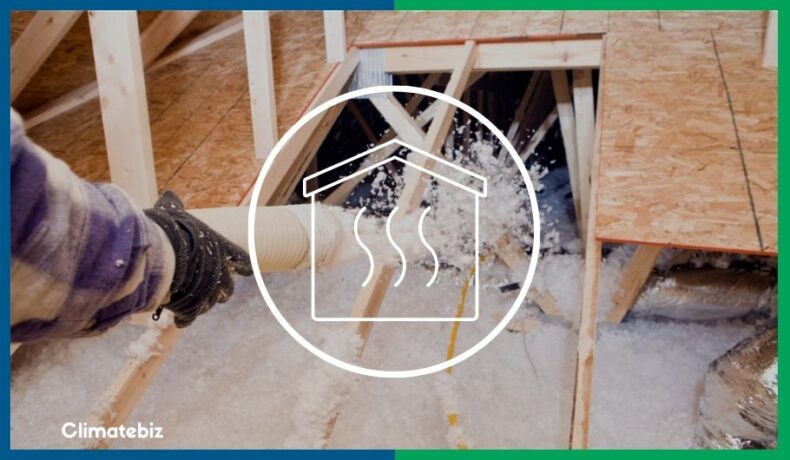If you’re building a new home or renovating your current home, you’ve definitely heard of insulation.
It’s the material that you find in your walls or ceiling that helps prevent heat transfer, often coming in the form of boards or even foam.
Ultimately, quality insulation can make the difference between your home being comfortable or not. In saying that, not all insulation is environmentally friendly.
That’s why a material such as green fiber insulation may be the eco-friendly insulation you’ve been looking for.
Also known as cellulose insulation, it is 100% biodegradable. What’s more, it can help you save energy and live in a more environmentally conscious manner.
Keep reading to find out more!
Table of Contents
What Is Green Fiber Insulation?
Green Fiber Insulation/cellulose insulation is a type of biodegradable insulation —made of tiny organic fibers — that is found in a variety of buildings.
Where Does It Come From?
Genuine cellulose fiber comes from an organic plant source such as corncobs or industrial hemp. However, commercial products use wood chips and recycled paper products such as newspaper or cardboard.
Due to its composition of recycled, biodegradable materials, cellulose insulation is dubbed ‘green fiber insulation’.
Notable Advantages
One of the most notable advantages of green fiber insulation is that it has a blow-in application. This application method allows the insulation to be blown into tight spots such as ceiling and wall cavities. Green fiber insulation has a consistency of feathers or fluff. This allows the material to float and settle into cavities.
Another advantage to this type of material is that it captures tiny pockets of air when it settles. These pockets help increase its thermal insulation properties.
That said, cellulose insulation relies on its materials rather than the air for insulation. So the small amount of air gaps is a bonus feature.
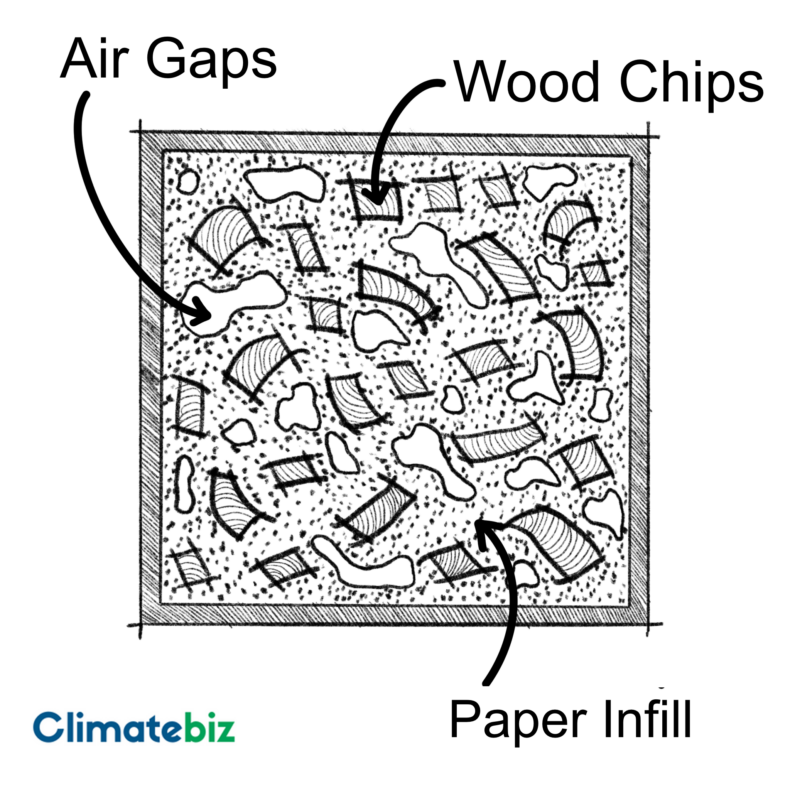
Source: Climatebiz
How Is Green Fiber Insulation Installed?
Cellulose insulation is a type of insulation called blow-in.
Its name says it all. First, cellulose insulation is blown into the cavities, where it settles to form a layer of insulation.
There are a few advantages to this method of application:
- Blow-in insulation is easy to install into wall spaces or hard-to-reach spaces.
- The application allows the insulation to settle naturally, leaving a small amount of air gaps.
- The insulation settles around obstructions (timber rafters or studs).
A Note On Greenfiber
This article will mainly cover the broad product that is cellulose insulation. But we thought it best to give a shoutout to Greenfiber, a manufacturer in the United States of America. This company produces a range of cellulose materials, from sound insulation to fire resistance.
Just so you don’t get confused — there is a difference between “Greenfiber” the company and “green fiber”, the eco-friendly cellulose insulation.
If you’re looking for a brand, Greenfiber manufactures its products locally in different areas. This curbs their carbon footprint due to fewer shipping emissions.
They also aim to provide comfort to your home while still being eco-friendly.
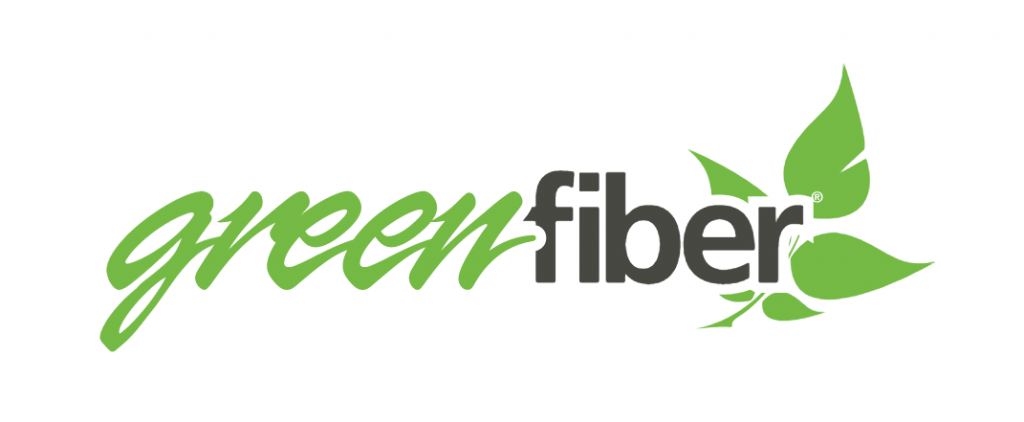
Now, back to cellulose insulation.
Related Reading: All you need to know about Earth Homes
How Does Green Fiber Insulation Work?
Like all insulations, cellulose fiber prevents heat transfer between two substances.
Often, this means that insulation is used to prevent heat from entering your home. Additionally, in winter, it prevents heat from leaving your home.
Insulation is used to create thermal comfort in your home. Having the proper insulation installed means less reliance on air conditioning.
Read our article on insulation for your home to learn more about how to increase your home’s thermal comfort passively.
Why Does Green Fiber Insulation Work?
To understand why cellulose insulation works, we need to look at what it’s made from.
The majority of cellulose consists of recycled paper — up to 85% of the insulation is made up of paper. [1]
As we all know, paper is made from wood, which is an excellent insulator.

Source: Climatebiz
Wood has tiny pockets of air inside. This allows the wood to be thermally resistant (but still combustible).
The air pockets are far enough from each other to stop the transfer of heat via convection.
That’s why some pots, pans, or stove kettles have wooden handles.
How well does green fiber insulation work?
The thermal conductivity of a material refers to how well it conducts heat. The unit of measurement is Watts/meter-degree Kelvin (Wm/(mK)).
Green fiber has a 40 – 50 Wm/(mK) thermal conductivity. In direct comparison, copper has a thermal conductivity of 400 Wm/(mK). [2]
As you can see, cellulose insulation has a much lower conductivity than copper wire.
However, some insulations have better resistance to thermal conductivity. For instance, mineral wool has a 30 – 40 Wm/(mK) thermal conductivity.[3]
This isn’t a huge difference, and it won’t affect your thermal comfort. Cellulose insulation beats mineral wool in the sustainability department and is thus still a good choice.
Related Reading: Off-grid cabin (All you need to know)
How Long Does Green Fiber Insulation Last?
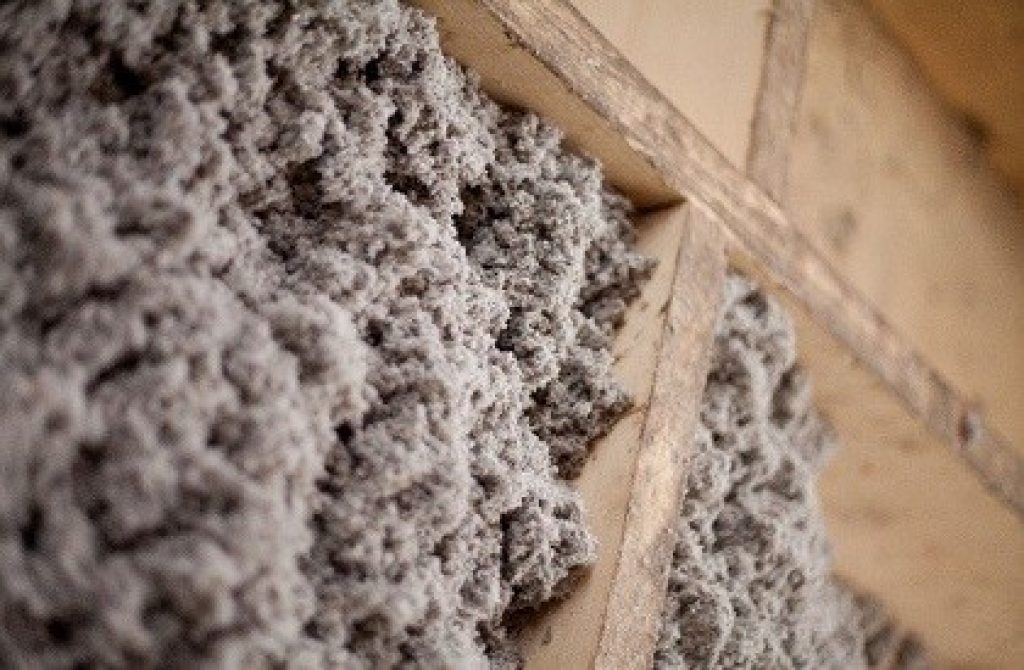
Source: insulation.org.za
Green fiber insulation lasts between 20 – 30 years.
One of the advantages of cellulose insulation is that it’s biodegradable.
That being said, one of the last things contractors want to hear is that the product will deteriorate.
Its ability to resist heat will start to wain around the 20-year mark. That’s half the lifespan of other insulation.
However, cellulose insulation is often accompanied by other types of insulation like fiberglass. This can increase its lifespan, but you’ll still start feeling a difference after 30 years.
Note: If you’re planning on building your forever home, this is something you might want to consider.
Is Green Fiber Insulation Resistant To Molds?
If green fiber is organic matter, will it promote mold growth? No, it won’t, and here’s why.
All manufacturers need to test their insulations to have them approved according to the ASTM C 1338. This is standardized testing to determine an insulation’s resistance to fungal growth.
There is no exception for cellulose insulation.
But with a moisture content of 40%, can it really resist mold?[4]
Yes, because manufacturers treat cellulose insulation with boric acid. Not only is this a fungicide, but also a fire retardant.
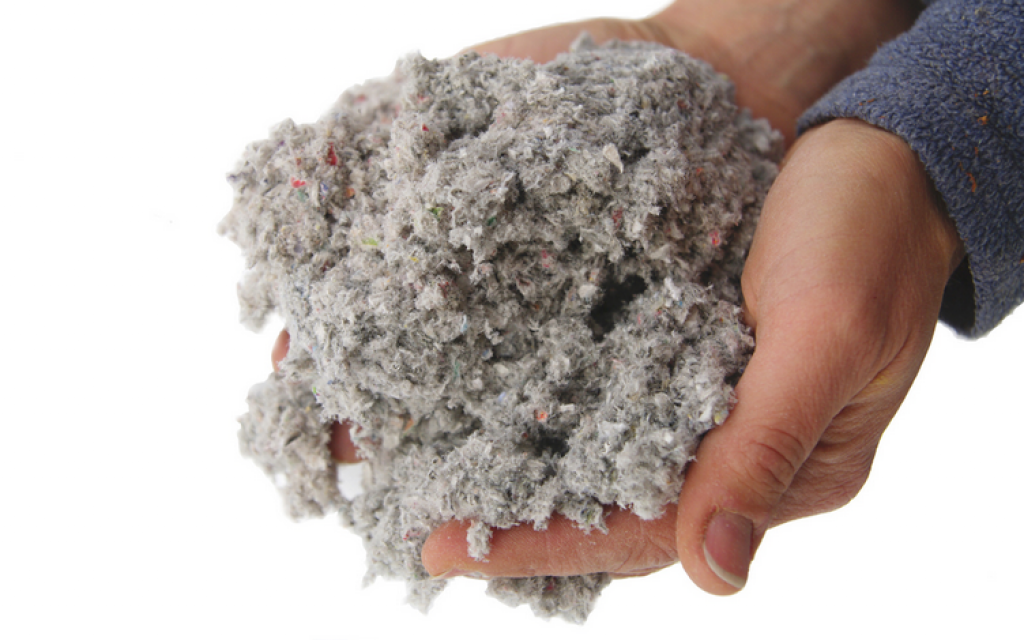
Source: ecoinsulation
How Much Does Green Fiber Insulation Cost?
Get a calculator and a pen; we’re about to put our budget cap on.
The total cost of green fiber insulation will depend on two factors:
- Your geographical location
- The Sq. Ft. you need to cover
Geographical Location
First, you may be asking why your zip code will influence the price of insulation?
Well, technically, the price doesn’t change, but rather the R-Value.
The R-Value determines how resistant the insulation is to heat transfer. Therefore, you’ll need a higher R-Value in geographical locations with greater temperature flux.
A higher R-Value means that you’ll need two layers of insulation or thicker insulation. Either way, this increases the cost.
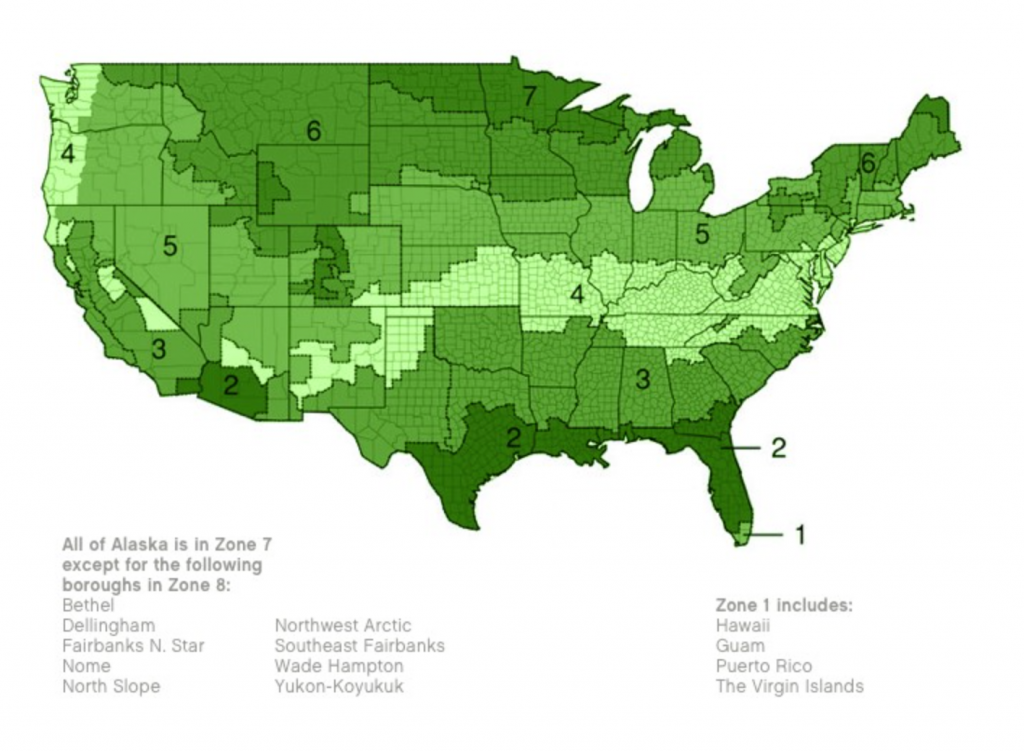
Source: Greenfiber
The table below indicates the R-Value you’ll need for your geographical location. These R-Value are averages, and you can go five values up or down.
| Zone | Median R-Value |
| 1 | R40 |
| 2 | R45 |
| 3 | R45 |
| 4 | R53 |
| 5 | R55 |
| 6 | R55 |
| 7 | R55 |
| 8 | R55 |
The Square Footage You Need To Cover
This one is straightforward; the more area you need to cover, the more money you can expect to spend.
Okay, So What’s The Damage?
Cellulose insulation costs between $1.20 – $2.11 per square foot.
Simply multiply this amount by the area the insulation will cover.
Let’s say you need to cover an area of 1600 sq. ft. in zone 1:
1600*1.20 = $1920.
In zone 5 – 8:
1600*2.11 = $3376
If you’d like a more accurate number, you can use Greenfiber’s insulation calculator here.
How Can You Use Green Fiber Insulation In Your Home?
Green fiber insulation can be used just like any other insulation. Builders use it to prevent heat transfer between outdoor and indoor climates.
Using insulation in your home is one of the fundamental principles of having a passive house.
A passive home is a house that regulates its environment, increasing thermal comfort. It does all this without the aid of air conditioning or other ‘active’ heating/cooling methods. As a result, the concept promises a 90% decrease in energy usage.
By ensuring that your home’s envelope is insulated and airtight, you stop unwanted heat loss or gain. The building envelope refers to all parts with a side facing the outside.
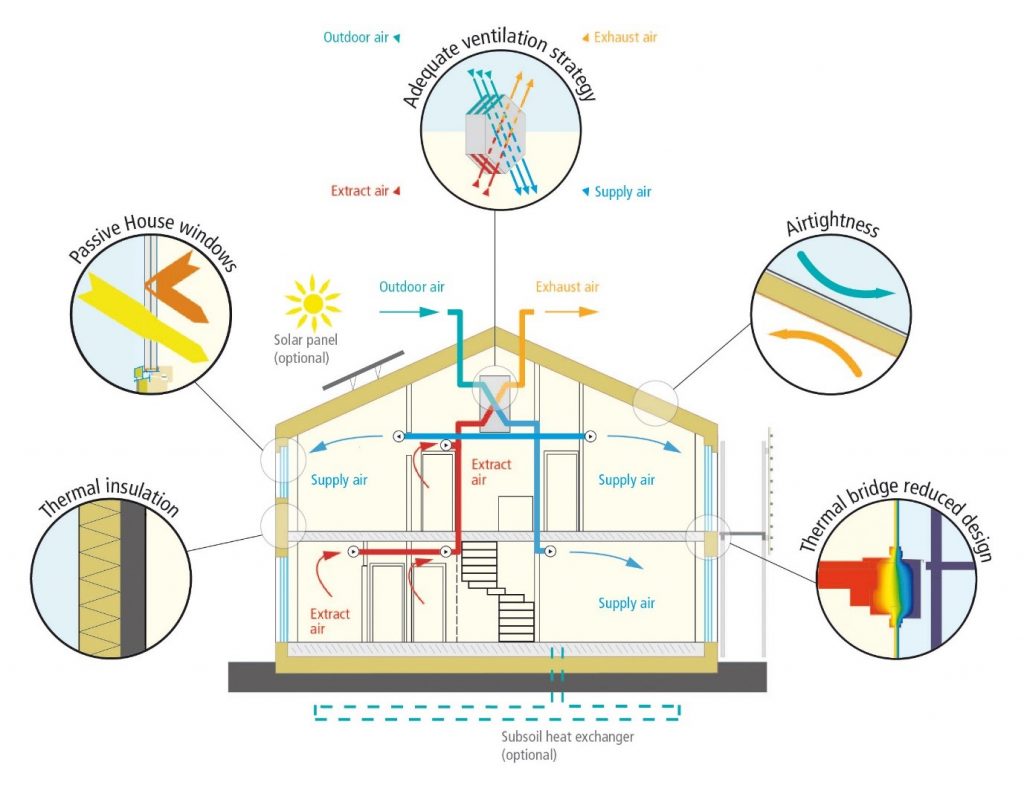
Source: Passive House Institute
By installing cellulose insulation into the walls and ceilings of your home, you can decrease your energy usage.
Not only are you saving money, but you’re also turning your living space into an eco-friendly house.
Green Fiber Insulation In Your Ceiling
Effective ceiling insulation helps prevent heat loss or heat gain. It also stops unwanted sounds from traveling between stories.
The cellulose insulation in your ceiling would prevent heat from escaping through convection. Convection is a method of heat transfer where one substance loses heat to another.
For example, if it’s snowing outside, your roof tiles will be freezing. As a result, warm air from your home would move up into the ceiling space. There, the air would lose heat to the cold tiles. The cold air would then flow back down, making your home colder.
Scientists designed insulation to prevent this from happening. It keeps the cold out and the heat in. But fortunately, in hot weather, it does the opposite.
Green Fiber Insulation In Your Walls
There are three reasons why you should install green fiber insulation in your walls:
- It prevents unwanted heat transfer (Thermal Insulation)
- It prevents unwanted noise (Acoustic Insulation)
- It’s fire-resistant
Thermal Insulation
Just like the insulation in your ceiling, you use cellulose insulation to stop unwanted heat transfer. Except, this time, it’s through your walls.
The green fiber insulation is blown into the existing walls. The material settles around the stud-work, creating the thermal barrier you need.
The amount of thermal insulation you’ll need depends on your regional climate. (Refer to the R-Value map above.)
Acoustic Insulation
Yes, installing cellulose insulation can prevent unwanted sound. In fact, due to its density, it stops sound from traveling better than other insulations.
Its density prevents the sound waves from traveling through it. Cellulose insulation deadens unwanted noise and provides good indoor acoustics.
Fire Resistance
To be approved for use, all insulations need to pass a fire resistance test.
An insulation’s fire rating is its resistance to fire. Different insulations have different ratings, ranging from A-rated to F. An F-rated insulation means that it’s highly flammable.
Some insulations are classified by how long they can withstand flames.
Green fiber insulation has an excellent resistance to fire, lasting up to an hour. This slows down the rate of fire spreading drastically.
Manufacturers treat the organic material with boric acid, increasing its resistance to fire. In addition, some cellulose insulation comprises 25% fire retardant.
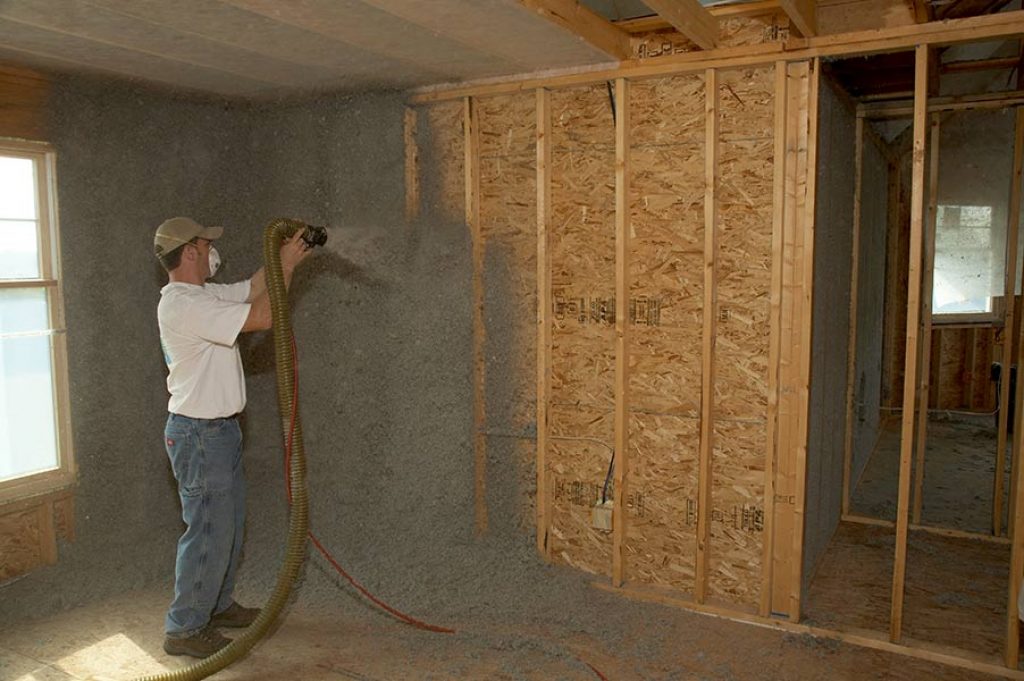
Source: cellulose.org
Final Thoughts
Green fiber insulation is a great eco-friendly option!
If you’re looking for an eco-friendly home, installing cellulose insulation will certainly help you achieve that. It’s a sustainable material that’ll help you reduce your energy usage by maintaining a comfortable indoor climate.
Additionally, green fiber insulation is excellent at resisting heat, almost meeting the same resistance as mineral wool.
Its composition allows a blow-in installation. Moreover, this method enables the insulation to settle around the existing framework.
Yet, when it’s settled, it creates a dense material that’s both resistant to fire and sound.
In summary — if you’re looking to insulate your eco-home or want to upgrade your current home, green fiber insulation is the way to go!

